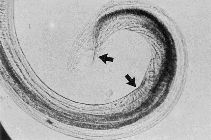
picture (NemtodD0.gif) by Möller, H. |

picture (NemtodD0.jpg) by Möller, H. |

picture (NemtodD1.gif) by Möller, H. |
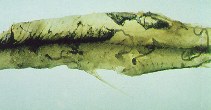
picture (NemtodD1.jpg) by Möller, H. |
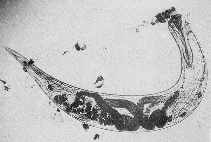
picture (NemtodD2.gif) by Möller, H. |

picture (NemtodD2.jpg) by Möller, H. |
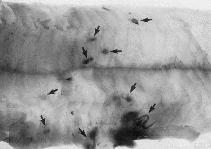
picture (NemtodD3.gif) by Möller, H. |
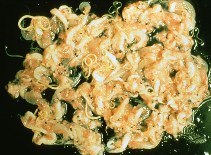
picture (NemtodD3.jpg) by Möller, H. |
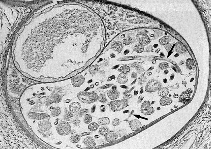
picture (NemtodD4.gif) by Möller, H. |
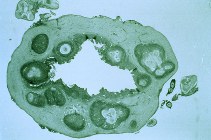
picture (NemtodD4.jpg) by Möller, H. |
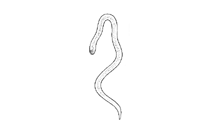
picture (NemtodD5.gif) by Bassleer, G. |
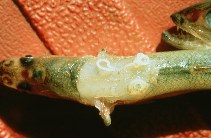
picture (NemtodD5.jpg) by Möller, H. |
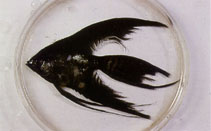
picture (NemtodD6.jpg) by Bassleer, G. |
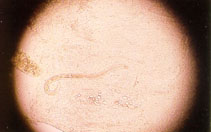
picture (NemtodD7.jpg) by Bassleer, G. |
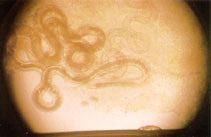
picture (NemtodD8.jpg) by Bassleer, G. |
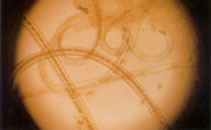
picture (NemtodD9.jpg) by Bassleer, G. |

picture (NemtodDa.jpg) by Bassleer, G. |
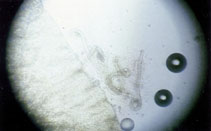
picture (NemtodDb.jpg) by Bassleer, G. |
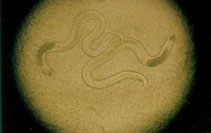
picture (NemtodDc.jpg) by Bassleer, G. |

picture (NemtodDd.jpg) by Bassleer, G. |
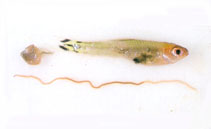
picture (NemtodDe.jpg) by Bassleer, G. |
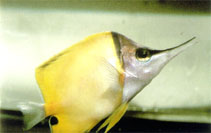
picture (NemtodDf.jpg) by Bassleer, G. |
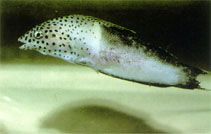
picture (NemtodDg.jpg) by Bassleer, G. |
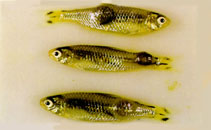
picture (NemtodDh.jpg) by Bassleer, G. |
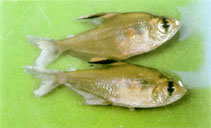
picture (NemtodDi.jpg) by Bassleer, G. |
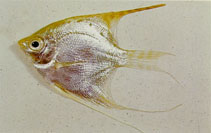
picture (NemtodDj.jpg) by Bassleer, G. |
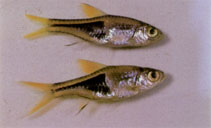
picture (NemtodDk.jpg) by Bassleer, G. |
cfm script by eagbayani, 10.05.99 ,
php script by kbanasihan 05/27/2010 ,
last modified by sortiz, 06.27.17